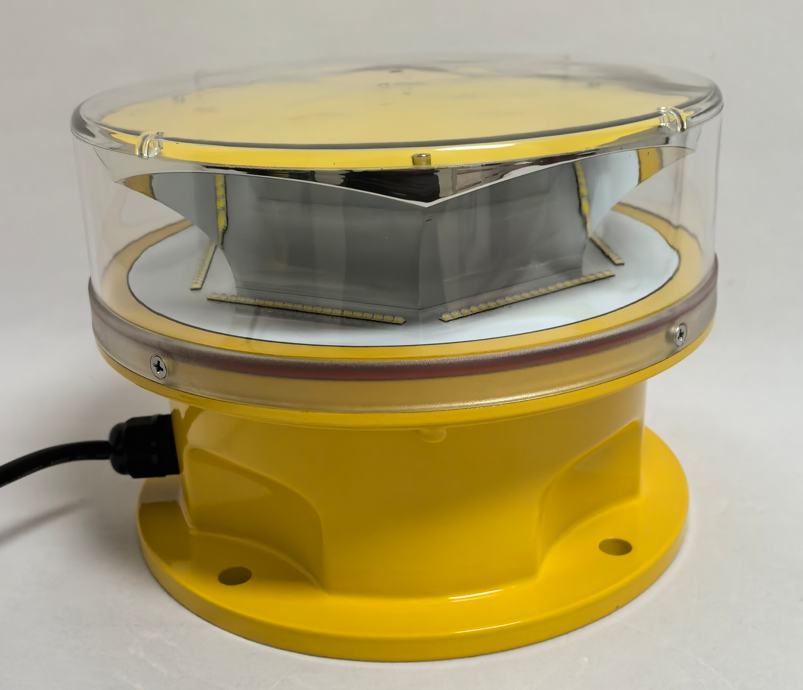Airport lights play a crucial role in ensuring the safety and efficiency of air travel. From guiding pilots during takeoff and landing to marking taxiways and runways, these lighting systems are indispensable for modern aviation. If you're searching for high-quality airport lights for sale, this guide explores the different types, applications, and benefits of these essential aviation components.
Types of Airport Lights for Sale
1. Runway Edge Lights
Runway edge lights outline the boundaries of the runway, providing clear visibility during low-light conditions. These lights are typically white, though some may emit amber or red near the runway ends to indicate caution zones.

2. Taxiway Lights
Taxiway lights help pilots navigate from the runway to the terminal or hangar. They are usually blue, distinguishing them from runway lights and ensuring smooth ground movement.
3. Approach Lighting Systems (ALS)
Approach lights assist pilots in aligning with the runway during descent. These systems often include sequenced flashing lights (strobes) and steady-burning lights to enhance visibility in various weather conditions.
| airport lights for sale |
4. Threshold and End Lights
Threshold lights mark the beginning of the runway, while end lights indicate its conclusion. Green lights signify the threshold, and red lights denote the end, preventing accidental runway overruns.
5. PAPI and VASI Lights
Precision Approach Path Indicator (PAPI) and Visual Approach Slope Indicator (VASI) lights help pilots maintain the correct glide slope during landing. These systems use red and white lights to indicate whether the aircraft is too high, too low, or on the proper descent path.
6. Obstruction Lights
To prevent collisions with tall structures, obstruction lights are installed on towers, buildings, and other obstacles near airports. These lights are typically red or white and flash to alert pilots.
| airport lights for sale |
Key Benefits of Modern Airport Lighting Systems
1. Enhanced Safety
Properly installed airport lights reduce the risk of runway incursions, misalignments, and collisions. They ensure that pilots can operate safely, even in poor visibility.
2. Improved Operational Efficiency
Efficient lighting systems minimize delays by enabling smooth aircraft movements, even during nighttime or adverse weather conditions.
3. Energy Efficiency
Many modern airport lights use LED technology, which consumes less power and has a longer lifespan than traditional incandescent bulbs.
4. Compliance with Aviation Standards
High-quality airport lighting systems meet International Civil Aviation Organization (ICAO) and Federal Aviation Administration (FAA) regulations, ensuring compliance with global safety standards.
Choosing the Right Airport Lights for Sale
When selecting airport lights, consider the following factors:
Durability: Aviation lights must withstand extreme weather, heavy loads, and constant use.
Visibility: Bright, reliable illumination is essential for pilot guidance.
Maintenance Requirements: Opt for low-maintenance systems to reduce operational downtime.
Compatibility: Ensure the lights integrate seamlessly with existing airport infrastructure.
Investing in high-performance airport lights for sale is essential for maintaining safe and efficient airfield operations. Whether upgrading an existing system or equipping a new airport, selecting the right lighting solutions enhances visibility, reduces risks, and ensures regulatory compliance. Explore reputable suppliers to find durable, energy-efficient, and aviation-compliant lighting options tailored to your needs.